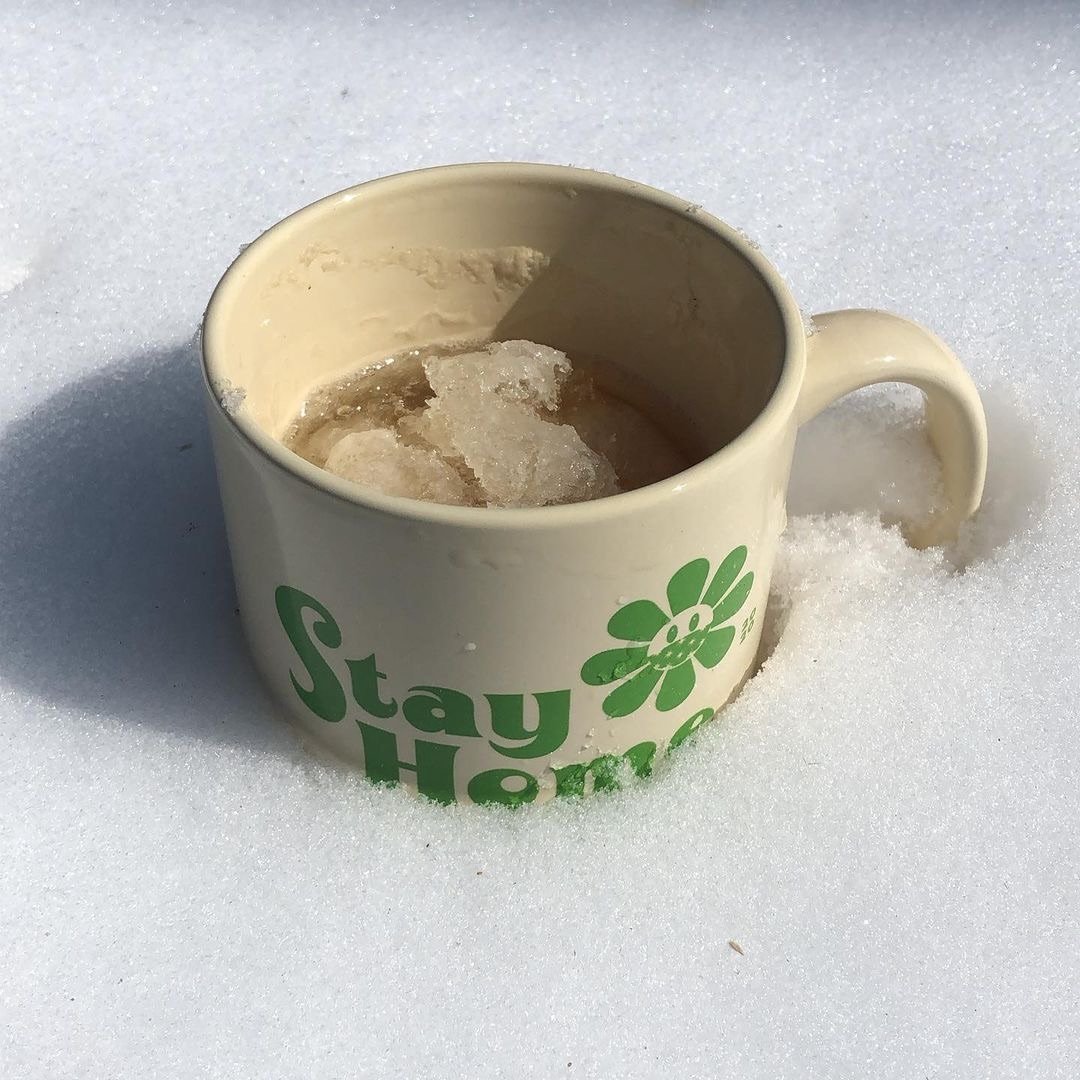How to Recover from a Hard Freeze
Some helpful advise and/or a trauma response from 2021
The winter storm of 2021 won’t be forgotten anytime soon. The beginning of the week, I worried about my plants outside more than myself. By the end, I worried for all of us as my house was without power for over 50 hours with temperatures outside near 20°. After a full nine days of below freezing temperatures, the sun has finally come out, the power is back on, and it’s now time to assess the damage. As for your plants, don’t assume they are dead even if they look it. Don’t immediately go cutting off all their dead branches yet either, not unless they are breaking down into mush. Those stems will rot so they need to be removed and composted. Those plants may very well regrow from the roots, so just because they’ve been reduced to goo, doesn’t mean they are total goners. Most of your plants will look rough. They’ve been through a lot, as we all have this week. Give them time to recover in the sunshine ahead. ☀️ Feed them with seaweed water if you have some or give them a sweet foliage spray of it. Plants are deeply dehydrated after a freeze, so even with this melting snow, they’ll appreciate the boost. Water is still scarce in Austin at the moment so this is for when conditions are restored. You don’t want to use ice cold water so if you have some melted snow in buckets, let it warm up. We’ll be in the 60°s in two days if you can believe it. 70°s next week.
The perennials that were still dormant should be fine. Those that had put out new growth will have been punished for it, but should regrow. After your plant has had some time to recover, trim off the damaged stems. Leaving a shape that supports stable and pleasing regrowth in the case of woody perennials, or down to the rosettes on the ground in the case of asters. To tell if such a plant is still alive, look for green in the stem if you scratch the surface with a fingernail. Sometimes even that is not reliable though. Don’t dig anything up after a freeze. If it is truly dead, you can just cut off the stem at the soil level and let the roots rot in the ground, adding to the soil network and not disrupting it. You may be happily surprised to find it regrowing in a week or two. Trauma is real. This storm was a traumatic event. Your garden, if not you personally, was traumatized by it. Be gentle, be patient. Rejoice in every plant that surprises you with its resilience. Marvel at your own.

